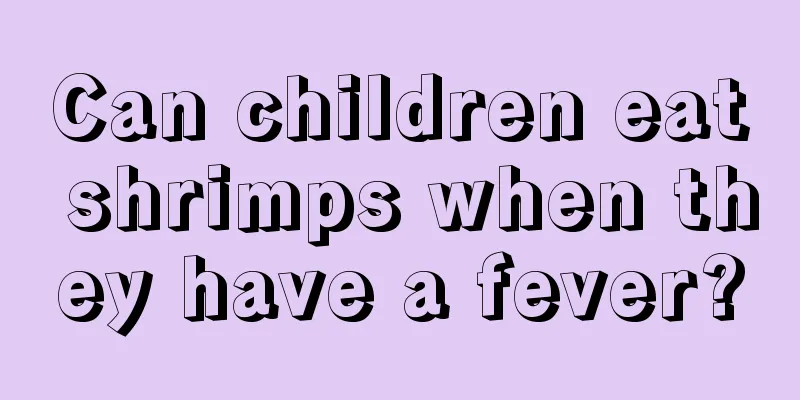Yellowing of the eyes of newborns

|
A person's eyes can actually reflect his or her physical condition. If the eyes are dull, it usually means that the person is in a bad mental state. Most people want their eyes to be bright, because only in this way can a person's energy and spirit look more abundant. However, some parents have found that the corners of their newborn babies' eyes are a little yellow. So what causes the yellowing of the corners of newborn babies' eyes? After the baby is born, some children's eyes will turn yellow, while we will find that normal children's eyes are particularly bright. When a baby's eyes turn a little yellow, many parents worry that their child may have some disease or that it may affect their vision. It is very helpful for our new parents to have some medical knowledge. Below we will give you a detailed introduction to the reasons for this situation. We hope that the specific introduction will be helpful to you. You can decide according to the situation. If it lasts less than 7 days, it is physiological jaundice and will gradually disappear on its own. If the jaundice has not subsided within 7-15 days, it is pathological jaundice and some intervention should be given. For example, drink more sugar water, take oral enzyme inducers (of course, this is a prescription drug you will get after seeing a doctor), severe cases require hospitalization and infusion treatment, and auxiliary treatment measures such as blue light irradiation. In short, if it is just simple neonatal jaundice, the treatment effect is very good, there are no sequelae, and even if you are hospitalized, it will only be about a week at most. However, if jaundice is caused by other diseases, the treatment will be much more troublesome. For example, liver and gallbladder diseases can cause it, but these are rare. Most newborns develop jaundice 2 to 3 days after birth, and at the latest on the 5th day. Jaundice that occurs after 5 days is mostly considered pathological. Jaundice is most obvious at 4 to 5 days old, and disappears 10 to 14 days after birth in full-term infants; about 80% of premature infants develop jaundice after birth, which may last for 3 to 4 weeks and disappear. Physiological jaundice is not accompanied by other symptoms, the child is in good spirits and has good reactions, and some newborns have slightly poor feeding performance. The above introduces the reasons for this situation in detail, and I hope it will be helpful to everyone. It is recommended that babies with serious conditions go to the hospital for a check-up. Because some children's jaundice can be more serious, it is recommended that parents take their children with serious conditions to the hospital for a thorough examination and then provide treatment based on the situation. There are many reasons why children may experience this condition, depending on the circumstances. |
<<: Hazards of neonatal infusion
>>: Where to draw blood from newborns
Recommend
What should children eat when their eyesight drops sharply?
Currently, vision problems occur not only in adul...
White lumps on baby's gums
The baby is now in the golden period of growth, s...
What to do if something gets into your child's nose
Children are particularly curious about everythin...
Reasons why children blink frequently
Blinking is something many people do frequently. ...
How to deal with heat rash on baby's face
Heat rash, commonly known as prickly heat, is cau...
What should children eat if they are zinc deficient?
Zinc deficiency is a common problem in children. ...
The child keeps coughing
Cold symptoms are very common in our daily lives....
What causes a child to sneeze and have a runny nose?
The symptoms that children usually have often mak...
What to do if your child has a high fever of 38 degrees
When a baby comes out of the mother's body, h...
Is it necessary to give children the chickenpox vaccine?
Varicella is a relatively common infectious disea...
What are the symptoms of antral gastritis in children?
Speaking of antral gastritis, many friends think ...
What causes pain when urinating in girls
Everyone knows that the physiological structures ...
Normal values of six sex hormones in children
The six-item test of sex hormones in children mea...
What to do if your seven-month-old baby has a dry cough
Babies have a relatively weak constitution, so th...
How to regulate hiccups?
It is very normal for adults to hiccup, and there...









